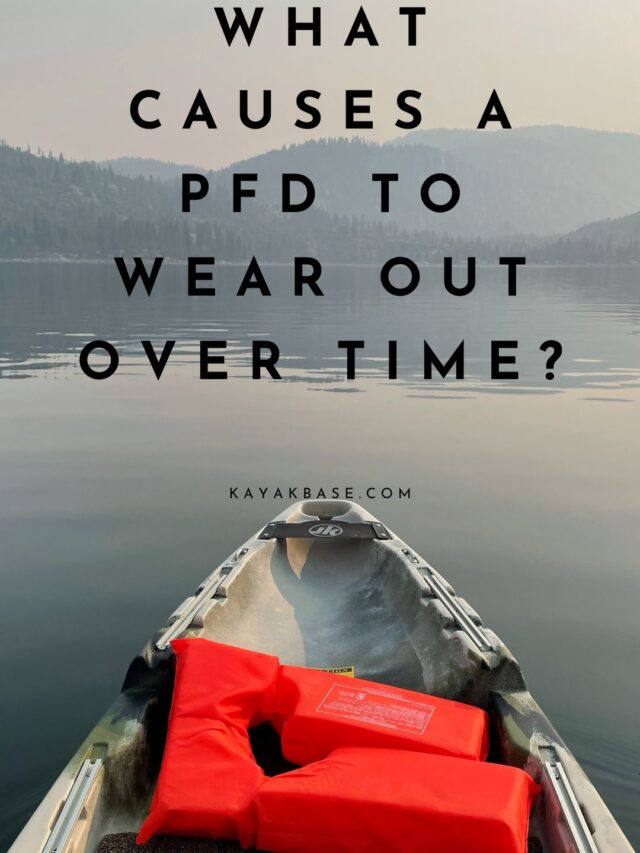Last Updated on October 26, 2023 by Afsar
Personal flotation devices (PFDs) are designed to keep users safe in the water, but even the most durable ones can wear out over time. If you own a PFD, it’s crucial to know what causes them to deteriorate slowly. This way, you can replace your PFD before it becomes unsafe or poses a significant risk of failing during an emergency. Suppose you regularly use a personal flotation device, such as boating, kayaking, canoeing, or swimming in a pool. In that case, you should also be aware of how these devices perform over time.
For example, do they break down faster if exposed to chlorine? Are there any other environmental factors that might accelerate the breakdown of your PFD? Do different brands of PFDs have varying lifespans? These questions may seem unimportant at first glance, but knowing the answers can help extend the lifespan of your PFD and keep you safer when using one.
What’s Causing Your PFD to Wear Out?
The very fabric of your PFD is slowly deteriorating over time. Whether you’re using a PFD made from nylon, polyester, or any other fabric, it’s going to slowly break down over time and be less effective at keeping you safe.
Environmental Factors like SUN
PFDs are also more susceptible to damage when exposed to certain environmental factors. For example, sunlight is one of the primary factors that can accelerate the breakdown of a PFD. UV rays from the sun can break down nylon and polyester fabrics and cause them to deteriorate at a much faster rate. If you leave your PFD outside, it’s likely to break down much quicker than if you keep it in a shaded area where sunlight can’t reach it.
Chemicals in the Water
Swimming pools and lakes often contain chlorine, which can cause a PFD to deteriorate over time. This can make it less effective at keeping you safe in the water. If you use your PFD in a chlorinated swimming pool, it’s likely to deteriorate faster than if you use it in a lake or river. If you use your PFD frequently in a pool, it’s a good idea to replace it more regularly than PFDs used in freshwater environments. Additionally, PFDs used in saltwater environments may degrade even faster due to the corrosive nature of saltwater. Therefore, if you regularly use your PFD in the ocean, it’s likely to break down faster than a PFD used in a pool.
How to Extend the Life of Your PFD
First and foremost, when purchasing a new PFD, follow the manufacturer’s instructions and don’t put it through rigorous testing. Use the PFD if it is needed. Doing this will help prolong the lifespan of your PFD and allow you to get more use out of it before having to replace it.
Don’t store your PFD in direct sunlight. If it’s possible to leave it in a shaded area, this will help prevent it from breaking down quickly due to UV rays from the sun. Alternatively, you may want to consider storing your PFD in a dark room or closet. This will help prevent it from breaking down due to sunlight and may extend the lifespan of your PFD.
Like many outdoor gear pieces, PFDs will gradually wear out over time. But, when you know what causes a PFD to deteriorate gradually, you can extend its lifespan by following these simple tips.
Remember that even if you follow these tips, you eventually have to replace your PFD. When the time comes to buy a new PFD, buy the one with great performance and higher durability. Since they are designed to help you float in the water, it is wise to replace them every couple of years and ignore the price when choosing one.

Afsar is an avid kayak blogger born near the coast. He has a passion for kayaking and started as a child. He has paddled in various conditions and locations and promotes responsible kayaking. Afsar’s blog is widely read, and they are a respected voice in the kayaking community, offering valuable content on kayaking trips, gear, tips, and tricks. Afsar collaborates with other bloggers and brands and continues to inspire others through their writing and social media.


